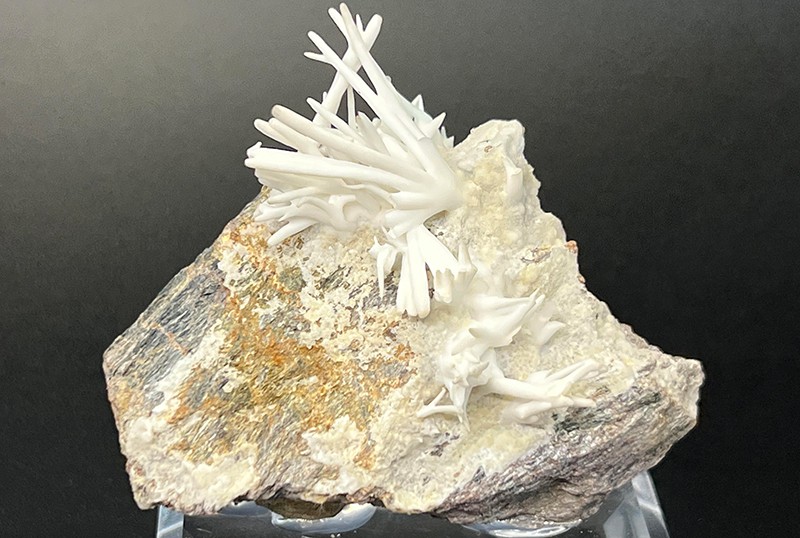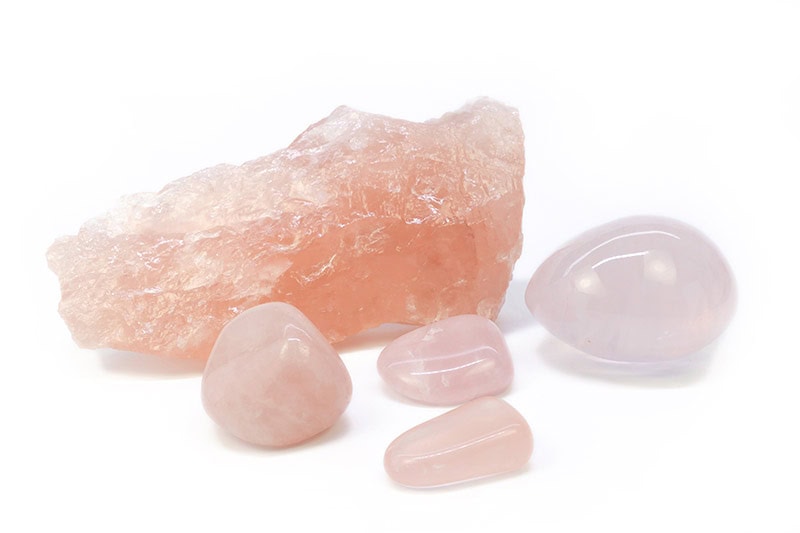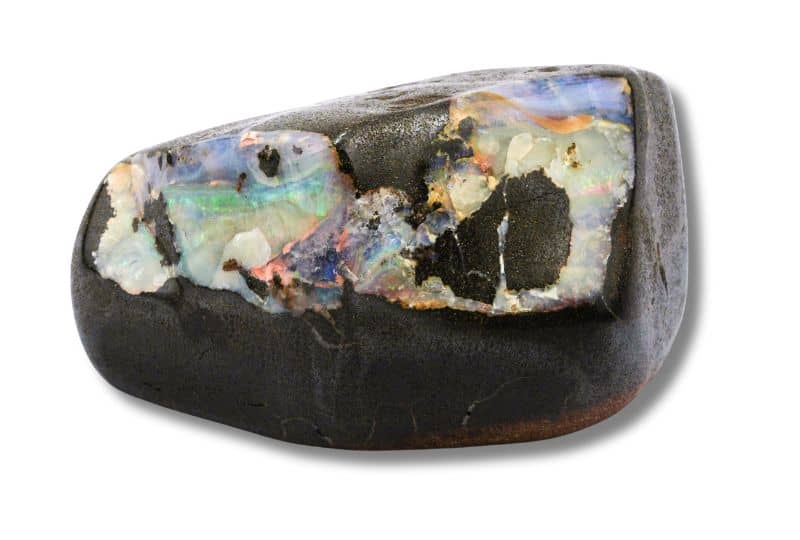Flos Ferri: the delicate and rare form of aragonite

Flos Ferri, or “flowers of iron,” is a unique and rare variety of aragonite. This beautiful form of aragonite occurs in delicate white coral-like shapes, making it a popular collector’s item. In this article you will discover more about the special properties and history of Flos Ferri.
Origin of Flos Ferri
Flos Ferri, also called “iron fern,” forms in caves and other karst environments. It forms through the influence of carbonated water on ferrous limestone. The unique and fragile shapes of Flos Ferri are created by this natural process, adding to the rarity and appeal of this mineral.
Origin and mining
This particular form of aragonite was originally reported from the Styrian Erzberg, in Styria, Austria. The ore from this area consists of a mixture of siderite, ankerite and ferruginous dolomite. The deposit is considered the largest siderite deposit in the world.
Mining of the ore in the Styrian Erzberg began sometime between 800 AC and the 12th century. In 2020, ore production was about 3 million tons.
Rarity and collectible value
Flos Ferri is a popular collector’s item because of its beautiful and delicate shapes. However, it is very fragile, which is why it is offered relatively little on the market. Especially good pieces where the structures are still on the matrix are rare. Collectors are therefore delighted when they can add a specimen to their collection, as was the case with a recent acquisition through Galerie Morion.
Flos Ferri is a fascinating and rare variety of aragonite with a unique history and striking delicate white coral-like shapes. If you get the chance to acquire one, be aware of the rarity and special nature of this beautiful mineral.







Responses